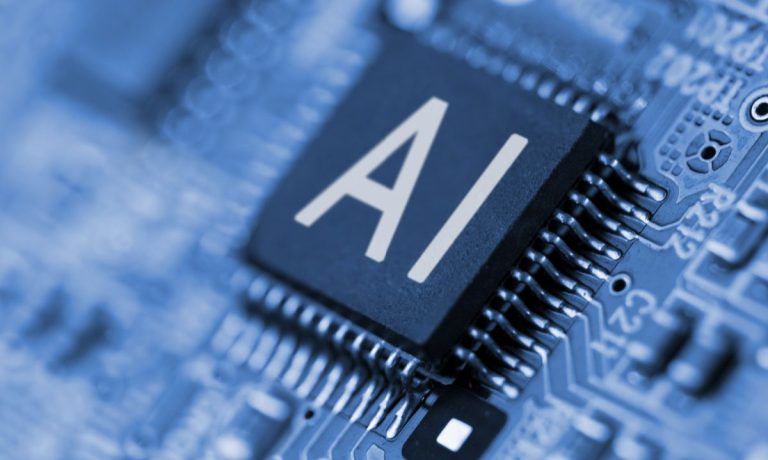Predictive artificial intelligence (AI) has long been a chief financial officer’s best friend.
For years, the cutting-edge tech, better known as machine learning (ML) or automation, has been silently performing tedious, high-value tasks across operations and helping businesses achieve future-fit efficiencies that drive growth by streamlining formerly manual processes within areas like accounts payable (AP) and accounts receivable (AR), cash flow forecasting, credit scoring, fraud prevention and compliance.
Predictive AI can carry out processes at scale faster than humans, as well as make inferences that a human would miss when it comes to spotting patterns and linking up seemingly disparate sources of information.
If a task feels routine or laborious today, it will likely be a target of algorithmic advancement tomorrow.
The technology’s capabilities have revolutionized the finance department, and leveraging data rests at the heart of modern advances in money movement.
As generative AI bursts onto the scene, many observers are wondering just what role along the payment journey its accompanying innovations might play.
Advertisement: Scroll to Continue
See also: CFOs Grow Profits, Cut Costs With Three F’s of Automation
Accelerating the Agility and Effectiveness of Business Processes
Broadly speaking, AI solutions can improve any process that has large data volumes and is complex.
Many mundane activities like sales, billing and inventory management generate large quantities of potentially valuable data. While the data is not generated for language, the potential for learning is great and frequently rich with intellectual and practical importance.
The history of AI development has been driven by the singular insight that large data sets gathered for one purpose may yield potential new kinds of commercial knowledge because of computation and practical analysis.
Nearly every sector has had its own “data moment” as it discovered and enacted the ways that layering statistical analysis over a modern infrastructure needed to gather, process and produce insights from data can form a flywheel of digitally powered — and frequently automated — solutions. These solutions can accelerate the agility and effectiveness of their business processes.
For its part, predictive AI is focused on analyzing data to make predictions about future events by running statistical discriminations to identify core threads of replicable patterns.
Generative AI is something slightly different. Its algorithms are meant to create new content based on the increasingly large data sets it is trained upon, weaving something new from the threads it uncovers.
Both tools offer transformational potential, as evidenced by the fact that “AI” was mentioned more than 200 times during the most recent earnings calls by Meta, Microsoft and Alphabet.
Read also: Companies Tap Their Own Data to Drive Efficiencies With AI
Generative AI Plays Important — but Supporting — Role in Finance
“With predictive forecasting, I would say that many firms are using AI so that they can be more accurate in determining demand, down to some of the most sub-regional levels possible,” Andrew Stucchio, vice president of global pricing and analytics at Discover Global Network, told PYMNTS in March. “That’s helping them optimize their inventory.”
Emergent applications of predictive AI are already helping payment firms with regulatory compliance around know your customer (KYC) and anti-money laundering (AML) controls, among others, by enacting cost-effective and non-manual decisioning processes that are increasingly auditable and do not sacrifice security for convenience.
The use of AI has been “really big” for fraud prevention and automating authorizations, Andrew Gleiser, chief revenue officer at payments provider Aeropay, told PYMNTS this week.
Additionally, predictive AI has driven vast improvements in cross-border payment efficiencies as it streamlines transaction settlement and inches money movement closer to real time.
Generative AI represents a different beast.
Its innovative ability to surface information and prepare transaction and customer reports by integrating natural language processing (NLP) capabilities has the potential to transform customer engagements across occasions.
“There is a lot of opportunity to build new user-facing products, or those that better delight users in an existing experience, using AI,” Emily Glassberg Sands, Stripe’s head of information and data science, told PYMNTS in March.
At Stripe alone, Sands explained, there are currently 14 generative AI-powered prototypes in the works, including a way for Stripe’s software developers to type out a question and receive summarized answers, as well as a customer-facing solution that allows Stripe customers to make queries and receive answers about their own business analytics.
Echoing that idea, Aeropay’s Gleiser told PYMNTS that one future-fit use case he sees for generative AI is integrating the solution into merchant payment portals to surface compliant information to customers around their own best clients as it relates to metrics, including average order value, overall volume and purchase cadence.
Still, training model integrity and data privacy remain critical concerns around generative AI.
“There is a lot of value [around generative AI capabilities], but the key question is when can we use it without the fear of bias and where this information is coming from,” Bank of America CEO Brian Moynihan told investors on the financial giant’s first-quarter 2023 earnings call. “We need to understand how the AI-driven decisions are made in order to stand up to our customers’ demands for us to be fair, and for us to follow the laws and regulations around things like lending.”
As Erik Duhaime, co-founder and CEO of data annotation provider Centaur Labs, told PYMNTS earlier this month, “the algorithm is only as good as the data that it’s trained on.”
For all PYMNTS B2B coverage, subscribe to the daily B2B Newsletter.

